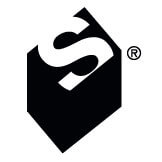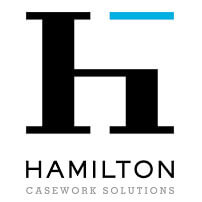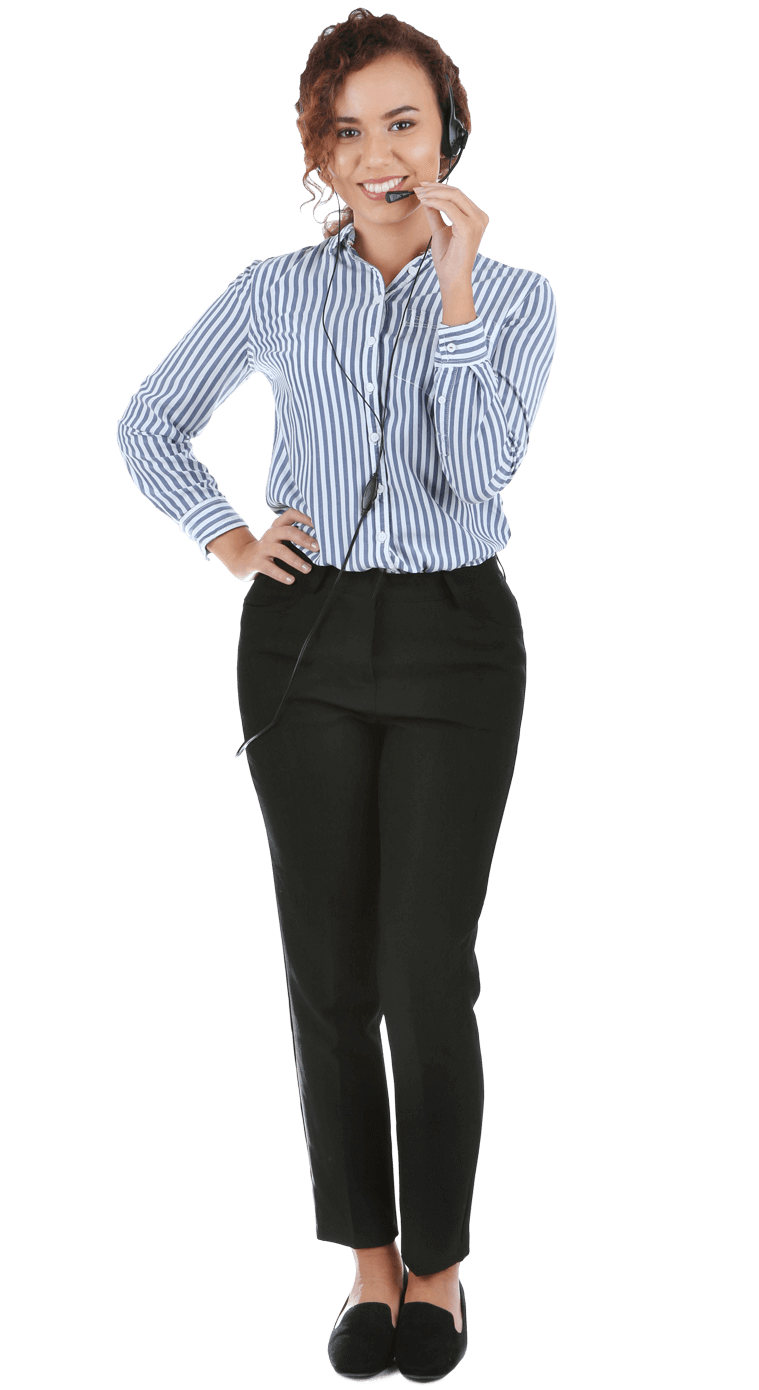Call 1-888-241-7494 Today to Set Up a Free A&D Continuing Educational Seminar Luncheon (CES)!
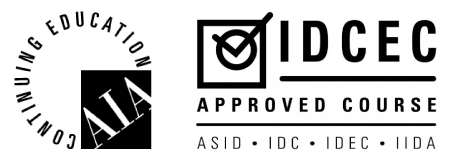
Continuing Education Seminar programs are typically held during the lunch hour, and lunch is provided. Each continuing education luncheon program is approximately one hour long and is worth 1 AIA/CES learning credit. Some of the luncheon programs fall under Sustainable Design and Health, Safety and Welfare (HSW) credit, which is one of the most difficult credits to obtain. Topics cover green building design, LEED, and sustainability trends for space-saving storage and filing systems, modular casework, and demountable architectural walls.
Available Continuing Educational Courses
Revit Models 5D Content – Fetch Courses
 Most Popular – Fast & Fully Loaded: 5D BIM (Counts toward one AIA/IDCEC/HSW Learning Unit
Most Popular – Fast & Fully Loaded: 5D BIM (Counts toward one AIA/IDCEC/HSW Learning Unit
Spacesaver® Courses
Most Popular – How to Design for Space Constraints in Various Workplaces (Counts toward one AIA/HSW or one IDCEC/HSW Learning Unit)
- Making the Grade Through Versatile Design in the K-12 Environment (Counts toward 1 AIA/IDCEC/HSW LU Credit)
- Museum Collections Storage Space Planning: Designing Safe, Efficient & Engaging Spaces (Counts toward one AIA/HSW Learning Unit)
- Growth, Change, and the Future of Public Safety Design (Counts toward one AIA/HSW or one IDCEC/HSW Learning Unit)
- Integrating Storage Across Campus: How Adaptability Starts with Flexible Storage (Counts toward one AIA/HSW LU or one IDCEC/HSW Learning Unit)
- Transforming Libraries to Meet Users’ Changing Needs (Counts toward one AIA/HSW Learning Unit)
- Floor Loading 101 (Counts toward one AIA/HSW Learning Unit)
- Modernizing Capabilities and Enhancing Readiness with Storage Solutions for the Military (Counts toward one AIA/HSW or one IDCEC/HSW Learning Unit)
- Designing Healthcare Facilities: Improving Patient Care, Controlling Costs, And Saving Space (Counts toward one AIA/HSW or one IDCEC/HSW Learning Unit)
- Protecting And Preserving Materials For Civic, Public Safety And Higher Education Institutions With Off-Site Storage Solution (Counts toward one AIA/HSW Learning Unit)
Hamilton Casework Courses
- Casework Simplified (Counts toward one AIA/CES Learning Unit)
FETCH PRESENTATIONS
 Fast & Fully Loaded: 5D BIM
Fast & Fully Loaded: 5D BIM 
Program Description: (Counts toward one AIA/IDCEC/HSW Learning Unit) In this one-hour course, design professionals will explore how a 5D BIM plug-in can improve the design process, allowing them to efficiently plan space and create storage solutions with creativity and flexibility. Dynamic design features, including accessibility and safety, with real-time pricing, enhance the creative and decision processes from conception to final inspection. Modular design and storage solutions that reduce waste and improve the built environment will be reviewed utilizing the 5D BIM plug-in to realize the multiple benefits of this technology.
Learning objectives:
- Discuss the evolution of design tools and the current use of 5D BIM technology.
- Describe how the 5D BIM plug-in assists with efficient space planning and storage solution options that meet all applicable accessibility, national, and local codes.
- Explain how the plug-in’s “clash detection” capabilities can expose potential design issues prior to the start of construction.
- Examine how modular and other storage design options create space and reduce waste, including how the 5D enhancement improves the design process for both the designer and the client.
Program Format/Length: Sixty-minute PowerPoint slide presentation including question and answer period.
Experience Level: Basic
SPACESAVER® PRESENTATIONS
 Protecting And Preserving Materials For Civic, Public Safety And Higher Education Institutions With Off-Site Storage Solution
Protecting And Preserving Materials For Civic, Public Safety And Higher Education Institutions With Off-Site Storage Solution 
Program Descriptions: (Counts toward one AIA/HSW Learning Unit) This presentation explores strategies for safely and efficiently storing and providing access to these valuable materials in off-site facilities. Participants will learn about trends driving the move to off-site storage, the storage requirements of analog materials, and the process of designing off-site facilities. We’ll also cover real-world cases involving a university, a police department, a museum, and a public library.
Program Format/Length: Sixty-minute PowerPoint Slide presentation including Question & Answer period.
Experience Level: Basic
 Making the Grade Through Versatile Design in the K-12 Environment
Making the Grade Through Versatile Design in the K-12 Environment
Program Descriptions: (Counts toward 1 AIA/IDCEC/HSW LU Credit) The environments and methodologies shaping the minds of young learners look vastly different today than they did even 5 years ago. No longer reporting to an assigned desk arranged neatly in a row, students now have opportunities to collaborate and learn all around the classroom and beyond. Due to the changing trends in pedagogy, flexibility is needed throughout the K-12 campus to keep students at the center and enable their success. This presentation will explore how designing spaces that are flexible and adaptable can facilitate positive learning outcomes and support the health and well-being of the entire school community. Participants will see real-world examples of how storage has assisted in creating transformative learning spaces. In addition, attendees will learn how utilizing High-Density Mobile Shelving and other storage solutions can help support LEED® certification and sustainability efforts.
Program Format/Length: Sixty-minute PowerPoint Slide presentation including Question & Answer period.
Experience Level: Basic
Museum Collections Storage Space Planning: Designing Safe, Efficient & Engaging Spaces
Program Descriptions: (Counts toward one AIA/HSW Learning Unit) The purpose of this presentation is to help architects design museum collections storage areas that are safe, efficient, and engaging. The first part of the presentation will involve museum workspace and workflow issues, and the second portion will discuss structural and risk management issues unique to collections storage areas. The session will also include a brief discussion of the challenges and opportunities presented by making collections storage and work areas visible to the public.
Program Format/Length: Sixty-minute PowerPoint Slide presentation including Question & Answer period.
Experience Level: Basic
Growth, Change, and the Future of Public Safety Design
Program Descriptions: (Counts toward one AIA/IDCEC/HSW LU Credit) We all have a right to feel safe in our everyday lives, and for the most part have been afforded this right due to the efforts of those in the public safety sector. This presentation explores how utilizing proper storage solutions can support these individuals in protecting and serving their community. Participants will examine current trends and challenges within the public safety environment and explore real-world examples of facilities that have incorporated solutions designed to create workflows, improve processes, boost productivity, and increase officer morale, In addition, we’ll underline all the major planning requirements to consider such as floor loading, ventilation, lighting, and LEED® certification.
Program Format/Length: Sixty-minute PowerPoint Slide presentation including Question & Answer period.
Experience Level: Basic
Integrating Storage Across Campus: How Adaptability Starts With Flexible Storage
Program Descriptions: (Counts toward one AIA/HSW or one IDCEC/HSW Learning Unit) Planning spaces for higher education environments are about much more than lecture halls and dorms – A campus is a place of learning and working, socializing and relationship-building, wellness, and discovery. This presentation will walk you through how to design facilities that not only help recruit & retain students and faculty, but also manage risk, improve efficiencies and safety, and help create flexible, future-proof spaces. This presentation will also outline trends and challenges that are impacting campus facility design and demonstrate how thoughtful storage solutions can help create highly functional interior spaces and directly influence the campus’s ability to achieve its mission.
Program Format/Length: Sixty-minute PowerPoint Slide presentation including Question & Answer period.
Experience Level: Basic
Transforming Libraries To Meet User’s Changing Needs
Program Description:(Counts toward one AIA/HSW or one IDCEC/HSW Learning Unit) Libraries have responded to the changing needs of the communities they serve and are seeking to create more flexible, open, and technology-rich spaces. Architects and designers are required to design for flexibility and openness within existing and limited spaces. In this course, architects and designers will learn how to combat these challenges by using furniture, fixtures, and equipment that are able to reduce the amount of space being used for book storage and increase the availability of space with flexible FF&E. Through the proper design and use of mobile FF&E, designers will be able to design libraries that respond to up and coming trends.
Program Format/Length: Sixty-minute PowerPoint Slide presentation including Question & Answer period.
Experience Level: Basic
 Floor Loading 101
Floor Loading 101
Program Description:(Counts toward one AIA /HSW Learning Unit) Speed up the building design and decision-making process by avoiding unnecessary delays and changes with an ability to identify the new construction building types most suitable for high-density storage. Moreover, several strategies exist to accommodate heavy storage system loads. These include the ability to reorient, redistribute, relocate, reconfigure and reinforce. This program contains an illustrated case study as well as several examples of post-construction modifications and supplements for high-density storage.
Program Format/Length: Sixty-minute PowerPoint slide presentation including questions and answer period.
Experience Level: Basic
Designing Healthcare Facilities: Improving Patient Care, Controlling Costs, And Saving Space
Program Description:(Counts toward one AIA/HSW or one IDCEC/HSW Learning Unit) Space in healthcare centers is expensive to design, build, and occupy, and every cubic foot that’s used for storage is space that could be used for patient care. This presentation counters the misconception that storage space is “wasted” because it doesn’t visibly impact patient care and directly generate revenue. In fact, convenient and thoughtfully designed storage for supplies and equipment can actually improve productivity, patient care, and profitability. Participants will examine challenges within the healthcare environment that affect workflows and the health, safety, and welfare of occupants; learn how FF&E can contribute to occupant wellness and LEED certification, and view real-world case studies.
Program Format/Length: Sixty-minute PowerPoint slide presentation including question and answer period.
Experience Level: Basic
 How To Design For Space Constraints In Various Workplaces
How To Design For Space Constraints In Various Workplaces
Program Description:(Counts toward one AIA/HSW or one IDCEC/HSW Learning Unit) Learn how to design for space constraints in a variety of workplaces from the office, to educational institutions, to museums and beyond. This course explores furniture, fixtures, and equipment that contribute to maximizing space through design. This course will provide participants with FF&E solutions that maximize space, are aesthetically pleasing, and contribute to occupant wellness. Participants will learn how functional solutions can be incorporated into a workplace’s design and provide for occupants’ needs.
Program Format/Length: Sixty-minute PowerPoint slide presentation including question and answer period.
Experience Level: Basic
 Modernizing Capabilities And Enhancing Readiness With Storage Solutions For The Military
Modernizing Capabilities And Enhancing Readiness With Storage Solutions For The Military
Program Description:(Counts toward one AIA/HSW or one IDCEC/HSW Learning Unit) Learn about Department of Defense initiatives, and how storage solutions can support modernization and readiness of the military by branch. This course explores how furniture, fixtures, and equipment can maximize space, increase security, enhance occupant wellness, and contribute to DoD initiatives by incorporating functional solutions into military base design. Participants will learn how to leverage contracts as part of an effective acquisition method for their military clients.
Program Format/Length: Sixty-minute PowerPoint slide presentation including question and answer period.
Experience Level: Basic
HAMILTON CASEWORK SOLUTIONS PRESENTATIONS
Casework Simplified 
Program Description: (AIA/CES continuing education credit) Discusses the advantages of using pre-engineered casework systems versus traditional millwork. These furniture systems provide modular and cost-effective solutions for your clients while providing superior aesthetics, fit, and finish.
Learning objectives:
- Understanding the benefits of Modular Casework vs. Built-in Millwork
- Simplify the installation process.
- Explore options for surfacing, hardware, edge details, and custom materials
- Task-specific casework design solutions
- Learn about the benefits of computer-controlled factory manufacturing
Program Format/Length: This course lasts 60 minutes and offers 1 learning unit hour to AIA/CES members and is LU accredited.
Experience Level: Basic
For More Information Contact
Please contact Kim Windham to request more information or schedule an educational luncheon for your firm at 888-241-7494 or email [email protected].


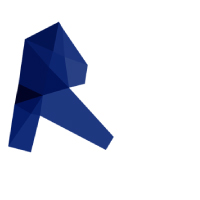 Fast & Fully Loaded: 5D BIM
Fast & Fully Loaded: 5D BIM 
